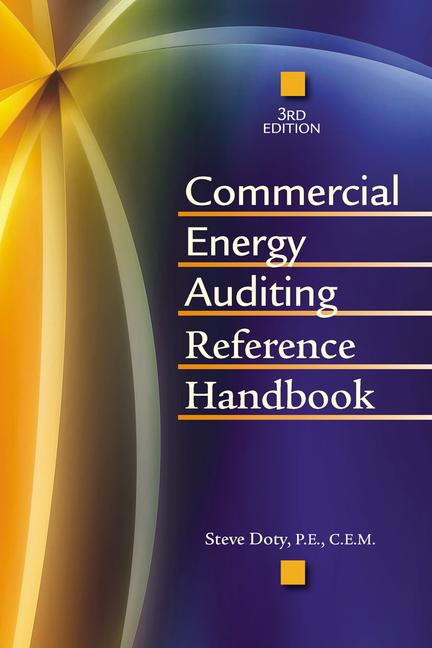Get Paid To Stick Around
EDOs have arrangements with local utilities to cover part of the energy bills of those eligible for economic development rates. Most target zones in which jobs and/or businesses have disappeared over time, creating "distressed" areas. Offering multi-year rate discounts is one of several ways new businesses are drawn into such areas to revitalize them. Part of the deal is based on job creation and/or retention for a defined period, with the rate discount being determined by a formula related to the number of jobs involved. Using EDO procedures, applicants show how their organization will add or retain jobs inside those distressed areas. Some EDOs will handle most of the paperwork as part of the deal.Worth The Effort - Maybe
Typical rate cuts are in the 15% to 40% range, usually lasting several years. Lower percentages may occur when deals run for a decade or more. The dollar value may then depend on prevailing energy rates, and the form of the rate cut is also important. If provided as a clear discount or replacement price, the cash value is obvious. When given as a reduction in corporate taxes, results may depend on the profitability of the company. Nonprofit corporations, for example, may not pay taxes, making such offerings of little value. Companies operating on very thin profit margins may also see only minimal benefits. A clear understanding of the potential gain is the first step when considering involvement with such programs.Read The Fine Print
Value may also be affected by exactly how the offering is worded and interpreted. In some cases, examination of the laws or regulations authorizing the EDO may yield greater returns. In one case, an application form implied that a discount covered only the power used by a new building that would create new jobs. It appeared that the new building would need to be submetered to show only its usage. A review of the actual EDO law indicated, however, that the discount could apply to all power seen in the electric bill for the utility account covering that new building. Because that account would also be feeding a new central chiller plant beneath the new building (serving both the new building and many existing nearby), the discount could be applied to all power used by both the building and the new chiller plant. Instead of saving a few hundred thousand dollars over a decade, this interpretation resulted in saving millions.
In a second case, a benefit designed to draw jobs back to a part of a city affected by a natural disaster (or keep those still remaining) was limited to customers having peak demands of 500 (or fewer) kW. A small college in the area had a combined peak demand (for all its accounts) of 2,600 kW, and concluded it was ineligible. Once again, a close look at the rules indicated that the limit could instead be applied to a single account (which was the regulatory definition of a "customer"). By applying for a rate discount for only its largest building (having a peak load of 400 kW), the college was able to secure a rate cut for part of its campus.



